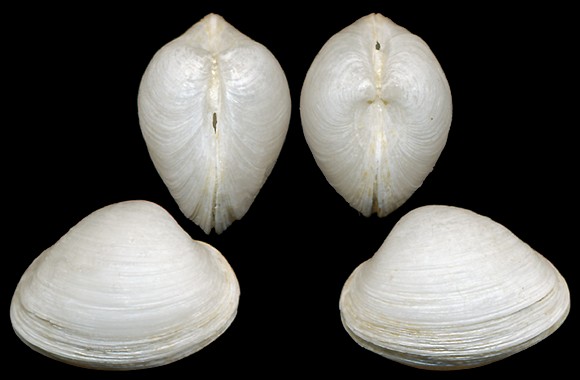
Sampled at 2040m deep, on Amsterdam mud volcano (25°20'N - 30°15'E), Anaximander ridge, off the southern Turkey. 7mm. The epithet perplexus-a-um refers to the sculpture, and means tangled, muddled.
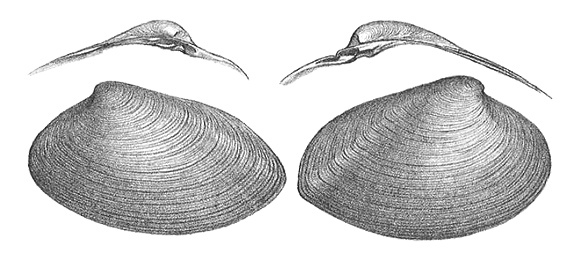
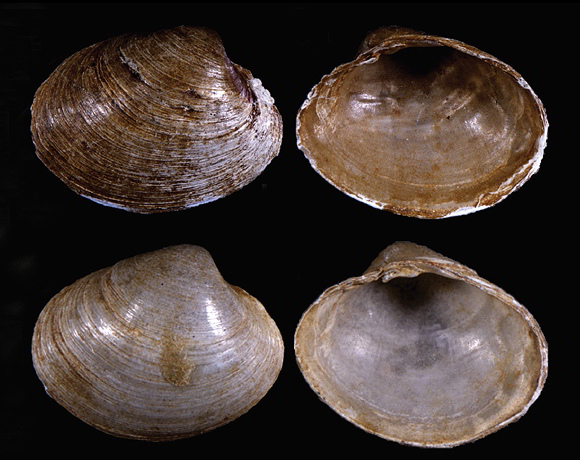
Syntypes 13010a and 13010b in the NHMW collection.
« …The outer surface of the shell is densely concentrically lined; the inside, smooth and shiny, shows two elongated vertical
muscle scars and a very superficial/shallow pallial sinus at the posterior. The umbo is located at the anterior half of the shell and its tip tilted to the front and inside. At its
front, a lunular-like indentation can be noticed »… – R. Sturany: op. cit. via Albano, Schnedl & Eschner: Illustrated catalogue of
Rudolf Sturany’s type specimens in the NHMW : deep-sea Eastern Mediterranean Molluscs, available here.
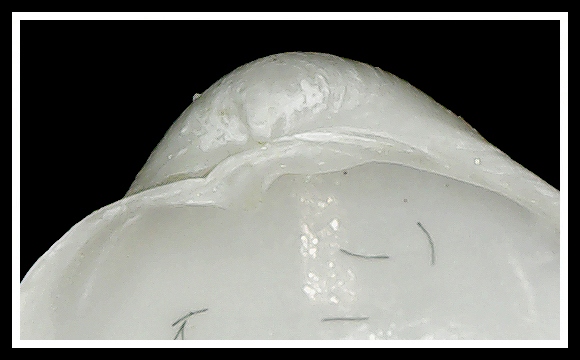
« The hinge is quite complex. In the right valve, directly beneath the umbo there is an horizontal elongated tooth, compressed from top to bottom. In front of the umbo, namely beneath the anterior lower margin and separated by it through a groove, there is a second, also horizontal and flattened tooth. The two teeth are connected at their base, but leave a cavity above, respectively at the inwards turned part, between them. Behind the umbo, a bar advances parallel to the upper margin. » – Ibid.
Above and below: another specimen from Amsterdam.
Original pictures provided by I. Mulero (ES).
– (CC BY-NC-SA) –
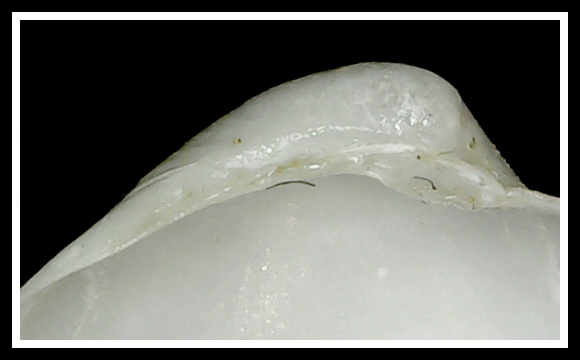
« In the left valve, a large set of teeth beneath the umbo strikes the viewer. Perpendicularly to the longitudinal plane of the shell, two curves become visible, leaning together at their convex sides, which makes the teeth seem double-toothed. When the shell closes, this set of teeth is embedded in a caving which is stretched between the two large teeth of the right valve and it seems as the aforementioned curves dock each of them. Between the “double tooth” and the upper margin which is broadened beneath the umbo, there is a groove and above, directly at the upper margin, a small flattened tooth, analogous to the right valve. Only in one specimen we find two horizontal and parallel arranged teeth instead. Also in the left valve there is a bar advancing behind the umbo parallel to the posterior upper margin which is prominent and tooth-like in some parts. » – Ibid.